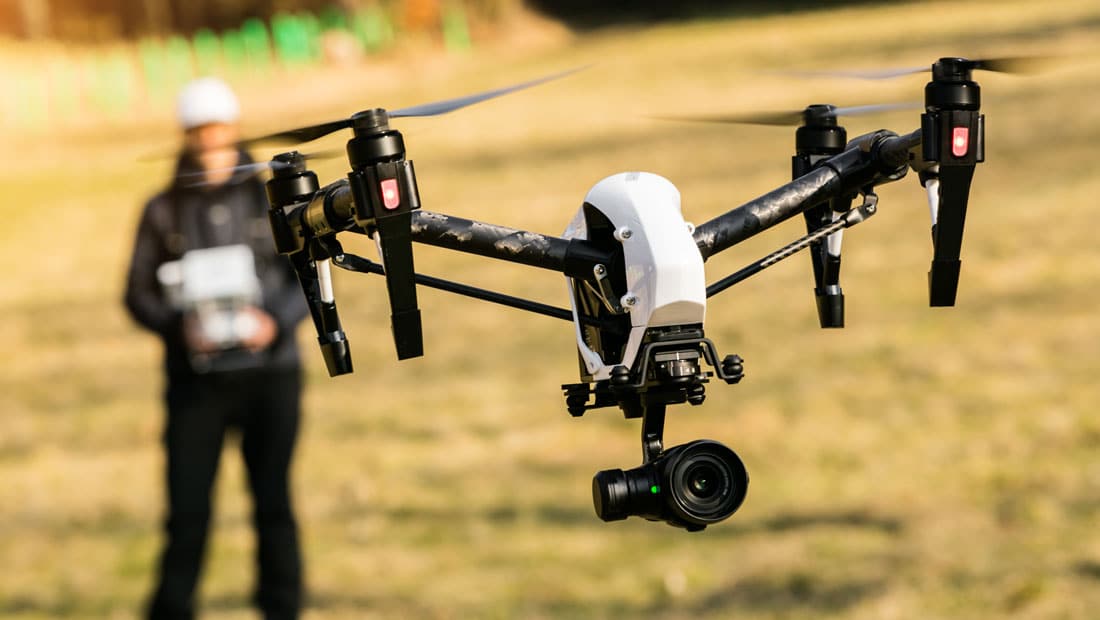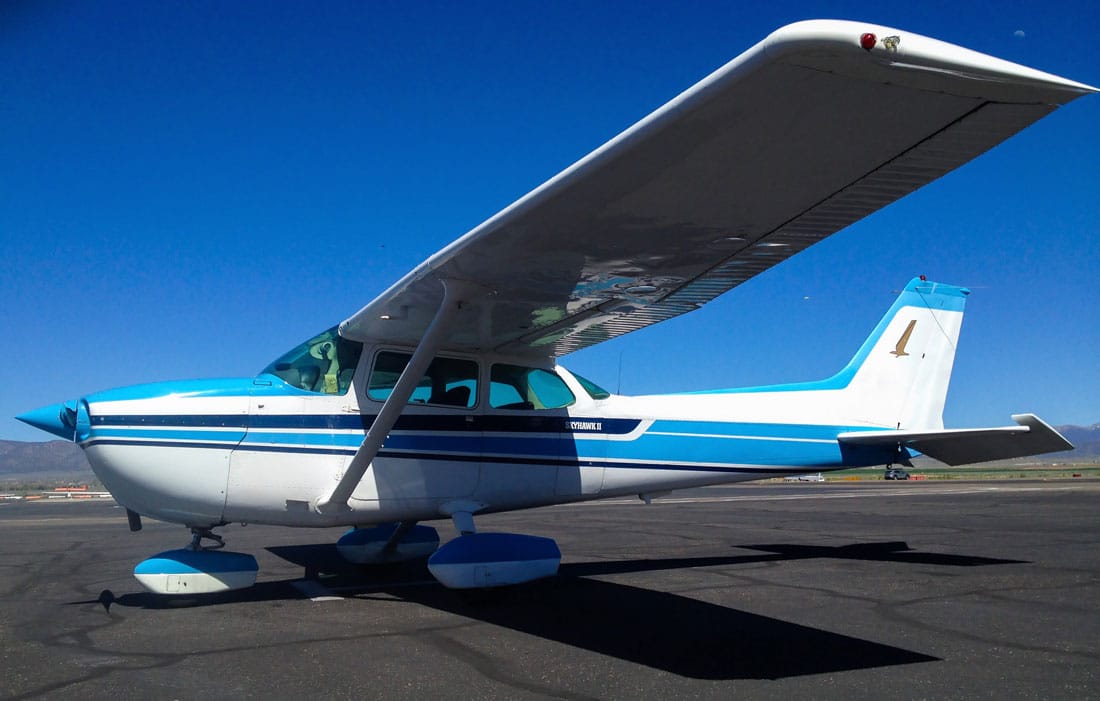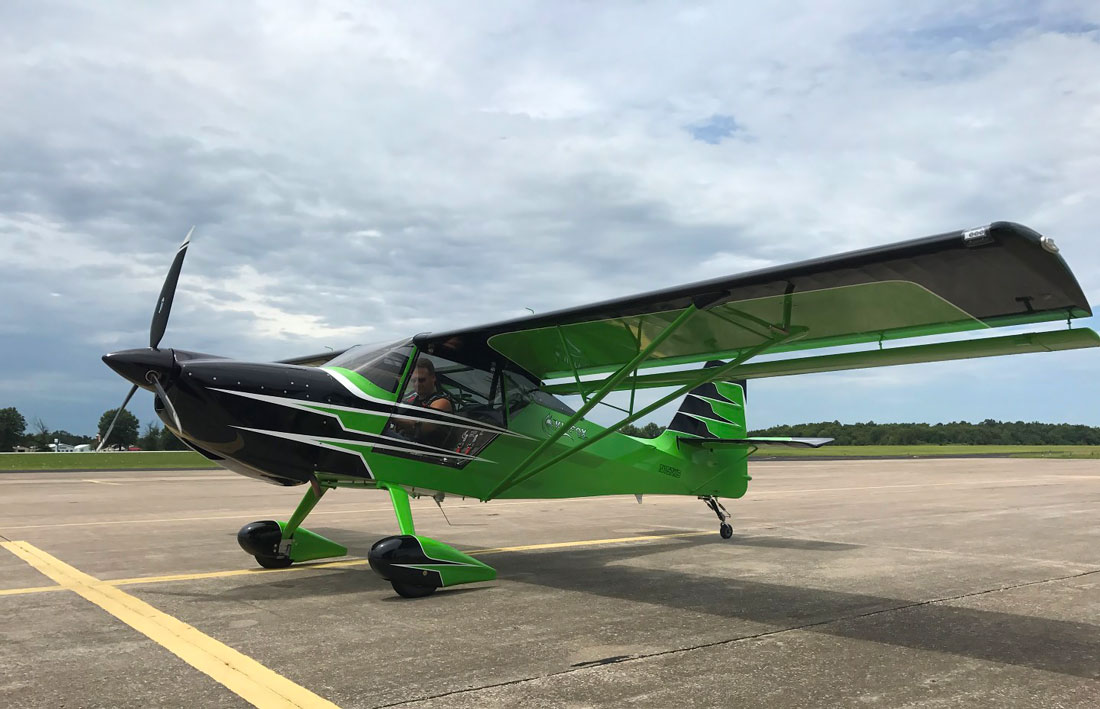The new FAA small drone rule, also known as Part 107, goes into effect a week from today, on August 29th, 2016. And the FAA is making a final push in order to remind every one of the requirements, and provide as much aid and information as possible.
Reviewing the FAA Small Drone Rule
What is a UAS?
The FAA defines an unmanned aircraft system (sUAS), or drone, as “an aircraft without a human pilot onboard – instead, the UAS is controlled by an operator on the ground.”
Who / What does the FAA Small Drone Rule Apply To?
The FAA Small Drone Rule, also known as Part 107 rule is for non-hobbyist drone operators who are flying small UAS aircraft that weigh 55 pounds or less.
According to the FAA, this rule does not apply to the following:
- Model aircraft that meet all of the following criteria:
- The aircraft is flown strictly for hobby or recreational use.
- The aircraft is capable of sustained flight.
- The aircraft is operated in accordance with community-based safety guidelines, set within the programming of a nationwide community-based organization.
- The aircraft weighs no more than 55 pounds unless it has been properly certified through a design, construction, inspection, flight test and safety program administered by a community-based organization.
- The aircraft’s operation does not interfere in any way with manned aircraft operation.
- If flown within 5 miles of an airport, the model aircraft operator notifies the airport operator and ATC prior to the flight.
- The aircraft stays in Visual Line of Sight (VLOS) of the operator.
- Drone or sUAS operations outside the US National Air System.
- Amateur rocket aircraft.
- Balloons that are properly moored.
- Unmanned, free balloons.
- Kites
- Public aircraft operations
- Air carrier operations
What Are the Requirements For Obtaining a Remote Pilot Certificate?
- Pass the FAA knowledge test, at an FAA approved testing center.
- Be at least 16 years old.
- Pass a background check by the Transportation Security Administration.
- According to the FAA, they anticipate being able to issue a temporary remote pilot certificate within 10 days of receiving a completed application.
What are the Requirements for Acting as RPIC With a Qualifying Pilot Certificate?
Alternately, a small drone / sUAS operator may obtain a remote pilot certificate without going through testing, provided that:
- The applicant holds a valid Part 61 Pilot certificate other than Student Pilot.
- They’ve had a flight review within the past 24 months.
- They have completed a UAS online training course provided by the FAA.
- The FAA says that Part 61 pilot certificate holders can be issued a temporary remote pilot certificate immediately upon completing the training course and submitting an application for a permanent certificate.
What are the Requirements for International Small Drone / sUAS Operators?
According to the FAA, until international standards are developed, foreign-certificated UAS pilots will still be required to obtain an FAA Remote Pilot Certificate with an sUAS rating.
What Are the Operational Limitations for Small Drone / sUAS Operations?
- As mentioned, the small drone / sUAS must weigh 55 pounds (25 kg) or less.
- The aircraft must stay within Visual Line of Sight (VLOS) of either the RPIC and (if a different individual) the aircraft operator or a designated visual observer at all times.
- The FAA defines a visual observer as “A person acting as a flight crew member who assists the small UA remote PIC and the person manipulating the controls to see and avoid other air traffic or objects aloft or on the ground.”
- Use of a visual observer is allowed, but not required.
- The FAA also indicates that the RPIC, operator, and / or visual observer must be able to see the aircraft with vision unaided by anything other than corrective lenses.
- The FAA defines a visual observer as “A person acting as a flight crew member who assists the small UA remote PIC and the person manipulating the controls to see and avoid other air traffic or objects aloft or on the ground.”
- Small drones / sUAS may not operate over any individuals not participating in the operation, under a covered structure, or inside a covered, stationary vehicle.
- sUAS are cleared for daylight-only operations, which the FAA defines as 30 minutes before official sunrise to 30 minutes after official sunset, in local time.
- Any small drone / sUAS must yield the right of way to other aircraft.
- According to the FAA, a first-person camera view does not satisfy the “see and avoid” requirement, but can be used as long as the requirement is satisfied in other ways, such as through the use of a visual observer.
- The maximum groundspeed for a small drone / sUAS cannot exceed 100 mph (87 knots).
- The aircraft may not fly above 400 feet AGL unless they remain with 400 feet of a structure.
- There must be 3 miles of minimum weather visibility from the control area.
- Small drone / sUAS aircraft are allowed to operate in Class B, C, D and E Airspace, if they obtain permission from ATC.
- Operations in Class G airspace are allowed without permission of ATC.
- An individual can act as RPIC for no more than one sUAS operation at a time.
- Small drone / sUAS operations are not allowed from a moving aircraft.
- Small drone / sUAS operations are also not allowed from a moving vehicle unless the operation is over “a sparsely populated area.”
- The aircraft requires a preflight inspection by the RPIC.
- Individuals with any physical or mental condition that would interfere with the safe operation of a small drone / sUAS are not allowed to operate the aircraft.
- A foreign registered sUAS may operate under Part 107 if it satisfies the requirements of Part 375.
- External load operations for sUAS are allowed as long as the object being carried is securely attached and does not adversely affect the aircraft’s flight characteristics, or the operator’s control of the aircraft.
- Transportation of property for compensation is allowed, as long as the following conditions are met:
- No hazardous materials are carried.
- The aircraft, attached systems, and payload / cargo weigh a total of 55 pounds or less.
- The flight is conducted within VLOS, and not from a moving aircraft or moving vehicle.
- The flight occurs completely within the borders of a single State and does not involve transport between States.
According to the FAA, “Most of the restrictions discussed above are waivable if the applicant demonstrates that his or her operation can safely be conducted under the terms of a certificate of waiver.”
The FAA also acknowledges that in response to an in-flight emergency, an RPIC can deviate from the Part 107 requirements,
What are the Responsibilities of the Small Drone / sUAS Operator?
- Establish a command position from which small drone / sUAS aircraft operations will happen.
- Upon request, provide the FAA with the aircraft for inspection and / or testing, and any required documents and records.
- If an operation results in serious injury, loss of consciousness or property damage of at least $500, it must be reported to the FAA within 10 days.
- Conduct a preflight inspection, including control checks, to ensure the aircraft is safe to operate.
- Make sure the small drone / sUAS complies with the registration requirements specified in § 91.203(a)(2).
Do Small Drones / sUAS Require FAA Airworthiness Certificates?
No. According to the FAA, airworthiness certification is not required for the small drone aircraft.
What Sort of Test Prep Materials are Available for the Remote Pilot Certification Test?
The FAA has set up an unmanned aircraft systems page on their website that contains test preparation materials, the complete text of the Part 107 rule, and more. In addition, they’ve prepared a short video that describes the basic process for scheduling a test and receiving the remote pilot certificate:
As noted in the video, you will need to provide proper ID, and there will be an estimated $150 fee associated with testing and issuance of a Remote Pilot certificate.















Leave a Reply